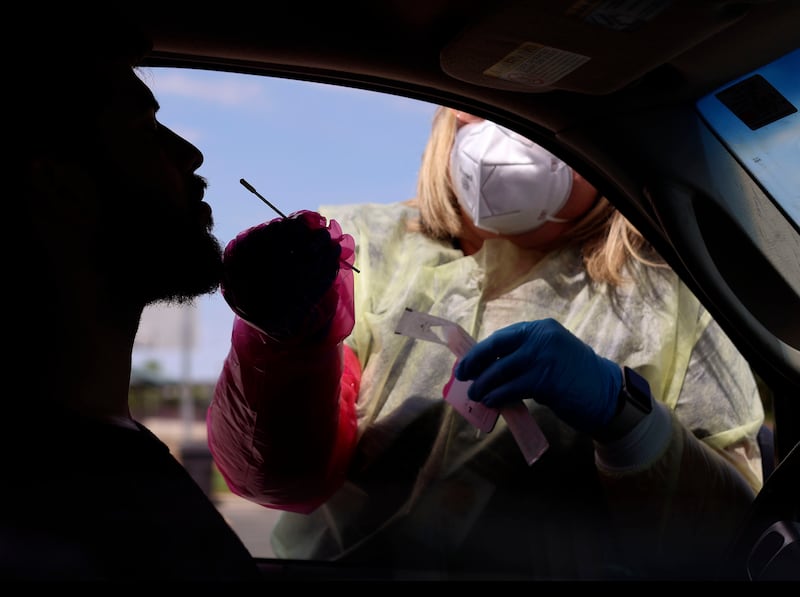For the world, understanding the origins of the COVID-19 pandemic is vital. A thorough knowledge of what happened could help leaders better respond to future outbreaks, and it could, depending on the facts that emerge, help laboratories impose protocols that guard against deadly leaks.
Considering the virus has resulted in 6.8 million deaths worldwide, according to worldometers.info, including more than 1.1 million in the United States, it’s imperative that the world comes to an understanding of basic facts.
Unfortunately, that’s not easy.
Facts about the pandemic have become politicized in the United States. Democrats tend toward the theory that the virus spread naturally from animals to humans, and Republicans, led by the Trump administration, believe it was created in a lab in the Chinese city of Wuhan.
The Chinese, meanwhile, have been far less than cooperative, further impeding the truth.
So, we applaud members of the U.S. intelligence community for apparently setting all of this aside and taking a dry-eyed look at the matter, even if their conclusions are couched and mixed.
According to a story originally reported by The Wall Street Journal, a classified intelligence report recently prepared for the White House found that the U.S. Energy Department has changed its conclusions and now believes, along with the FBI, that the pandemic originated with a leak in a lab in Wuhan.
Four other unnamed agencies, as well as the National Intelligence Council, still hold to the natural-transmission theory, the report said. Two others are undecided.
But even the Energy Department’s headline-grabbing conclusion was couched as a judgment of “low confidence,” meaning it’s far from a definitive conclusion.
The FBI, on the other hand, believes in the leak theory with “moderate confidence.” The National Intelligence Council and four other agencies have “low confidence” in their animal-transmission theories.
Politicians, and particularly political zealots, don’t like the kind of uncertainty science often provides. They don’t like how conclusions change as facts emerge. They certainly didn’t like how the gradual acquisition of knowledge changed the way scientists recommended masks should be worn, for instance. They didn’t like how the Centers for Disease Control and Prevention changed its assessments on the seriousness of emerging variants.
But science and national intelligence must follow knowledge as it emerges. Those with agendas tend to distrust open minds.
Significantly, the report noted that the intelligence agencies, despite coming to different conclusions, were unanimous in concluding — thus far, anyway — that the Chinese did not intentionally develop COVID-19 as part of a biological weapons program.
Unless further evidence contradicts this consensus, it is a reason to feel relief, indeed. But China’s reluctance to cooperate with investigators, including pressuring the World Health Organization to limit its probes, makes definitive conclusions elusive.
Those who believe the virus developed naturally and then made the jump from animal to man have a problem. No one has yet found an animal source to bolster the theory. Meanwhile, those who believe the virus was leaked through negligence are bolstered by both Chinese internal documents and U.S. State Department warnings in 2018 about lax safety procedures in laboratories.
The Energy Department’s change of position was reportedly prompted by new intelligence. However, officials have so far refused to provide more details. That’s not helpful to the pursuit of knowledge, either.
It may take years before enough facts emerge to justify definitive conclusions about how the virus was introduced, how it spread and what government officials might have done differently to keep infection and death rates lower.
In the meantime, Americans have grown weary of COVID-19, and of discussing its prevalence. While case rates are down from last fall, Utah still has a seven-day average of 236 new cases, according to state figures. That’s far above last April’s rate of 53.
With so many deaths having occurred, and with so many people suffering long-term side effects, getting at the truth of the virus is vital.

